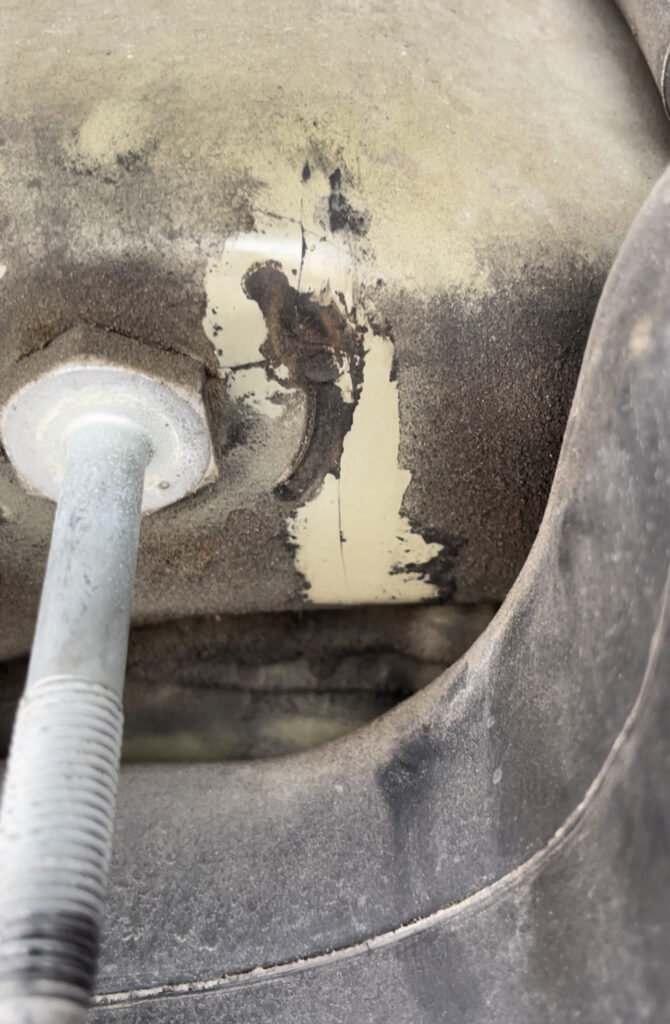BMW E46/E36/Z3 Subframe Reinforcements - Protecting Your Investment
So, you're one of the lucky (to be determined) owners of a 1999-2006, (E46) chassis BMW. Or maybe you have a 1996-2002 (E36/7 for the convertible and E36/8 for the c0oupe) Z3. Or perhaps you're looking to get your hands on one of these elusive, highly touted automobiles; frequently regarded as some of the best driving experiences you can buy. In all your research or scouring of forums I'm certain you've heard the term 'Big 3' and probably seen it thrown around like grease from a leaky gasket. Yes, they sound daunting and can potentially be crippling to both the car's longevity and your wallet, but do not let these procedures take away from the power and potential of these cars once these have been completed. They are out-and-out sports cars at heart and offer a purist driving experience of which certainly contributed to BMW's self-proclaimed title of The Ultimate Driving Machine. But vehicles at or approaching 20 years of age need some love and attention to maintain that quality experience for years to come.
What are the Big 3?
We have performed dozens of these installments and can proudly say we've gotten excellent results. The aforementioned procedures that require your hard-earned money are the rod bearing replacement, a rebuilt VANOS variable-valve timing system, and subframe reinforcements. The latter of which, we'll be covering here.
Why do we have to reinforce the subframe?
You ever bend a paper clip back and forth and ultimately it breaks? That's essentially the same concept here, except with the chassis of your car! To add a bit of clarity, the reinforcement is actually applied to the body of the car, not the subframe. It's called a subframe reinforcement because it is reinforcing the subframe's attachment points to the axle carrier panel of the chassis of the car. The reason for the reinforcement is that as the car launches or accelerates, the stock rubber bushings on the subframe provide too much flex and rotation of the subframe. Over time, this rotation results in stressing the chassis to the point of failure and it ultimately cracks around these points, so we reinforce the joints by welding on steel reinforcement plates and replace the bushings with more stiffer ones to make sure this extra flexion on the chassis doesn't happen. Due to these inherent weaknesses in the original design, enthusiasts often opt for reinforcement kits or welding in additional support plates. Treating the issue sooner rather than later will ensure that the chassis of the car doesn't completely tear apart, resulting in more extensive damage and cost for the repair or even a total loss.


What should I expect?
Mechanically speaking if you've driven a stock Z3 or E46 M3, especially the SMG models, you may have felt the softness or lag in the responsiveness of the rear end when accelerating with a bit of enthusiasm. Once the subframe reinforcement is completed, you'll feel the rear of the car stiffen up, feel less jerky and will have more response under acceleration. The reinforcement process on the Z3 is a bit more extensive than on the E46, it requires a bit more chassis work needed than the E46. Mostly the amount of work required will be directly proportionate with the amount of damage discovered on the chassis.
Financially speaking, this process when done correctly and with the proper parts from companies like AKG Motorsports, Turner Motorsports and Syncro Car Care, will start around $2,500 (depending on how bad the damage is), however, not getting it done and having a complete chassis failure is far more costly and such will most likely be the end of your relationship with your car. As someone who's just recently had this done on my E46 M3, I can say that the peace of mind alone outweighs the cost.
What a customer said about the process...
"Having recently had a subframe reinforcement done on my 2002 BMW M3, I can confidently say it's been a game-changer for my driving experience. Before the reinforcement, I was concerned about the subframe issues that plague these models. The decision to invest in the reinforcement was well worth it because not only do I now have peace of mind knowing that my subframe is structurally sound, but I also feel a noticeable improvement in the car's handling and stability. The reinforced subframe has made a remarkable difference during enthusiastic driving, providing a more solid feel, especially under acceleration. I highly recommend this upgrade to fellow M3 owners, it's a crucial step in ensuring the longevity and performance of your car."
Why choose Lins?
We have performed dozens of subframe reinforcements, and we only use the best materials from the best providers (again AKG, Turner, Syncro to name a few) and our technicians are ready to help you prolong the life of your cherished BMW for years to come. We have worked on dozens of track cars running rigorous races on courses such as Michelin Raceway Road Atlanta, all of which have had this procedure done without issue. If you know or suspect your car may need this reinforcement done, don't wait and allow the damage to progress. Alternatively, if you don't have a clue if you need the reinforcement done, next time you come in for a service, ask our technicians to check on the condition of the chassis and subframe and see if you need to have it completed or not. It may be costly, but it's far less costly than buying a new car! I mean seriously…have you seen the prices lately?
